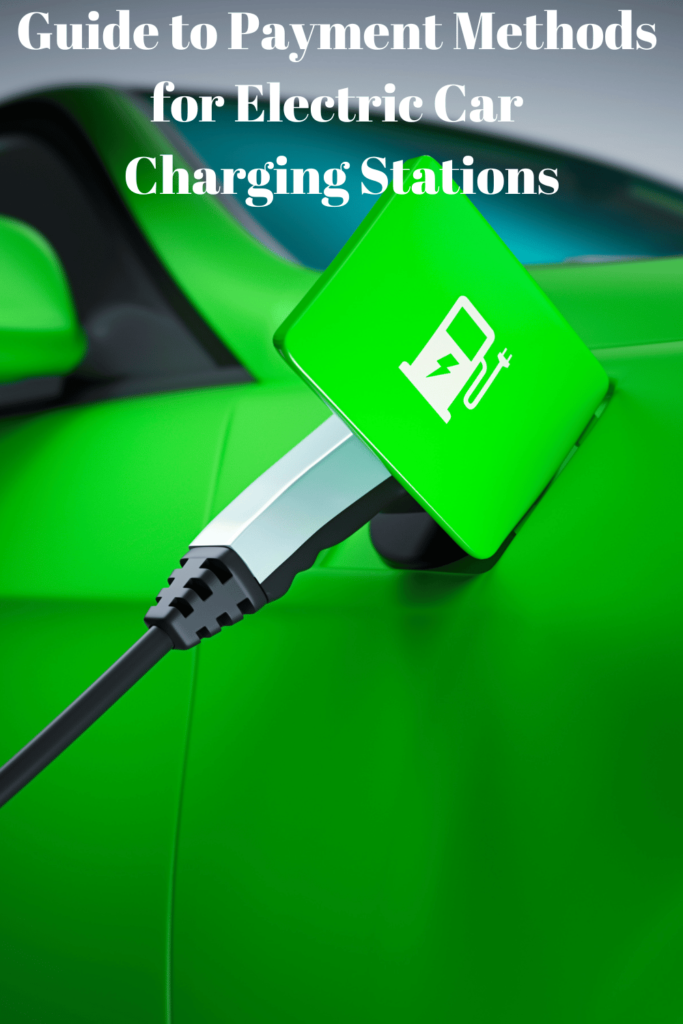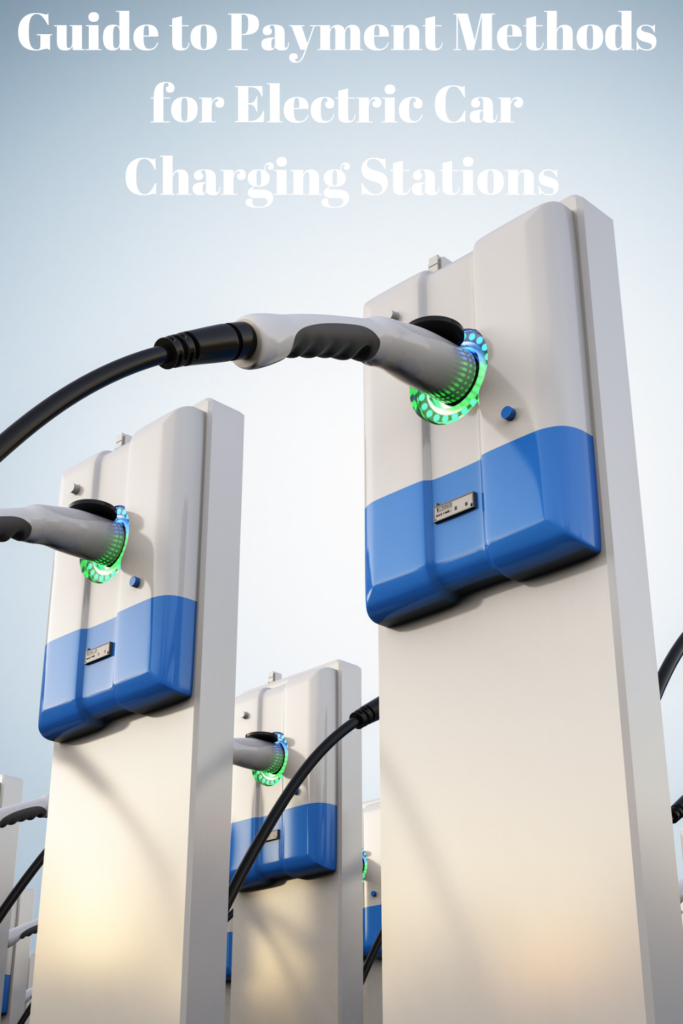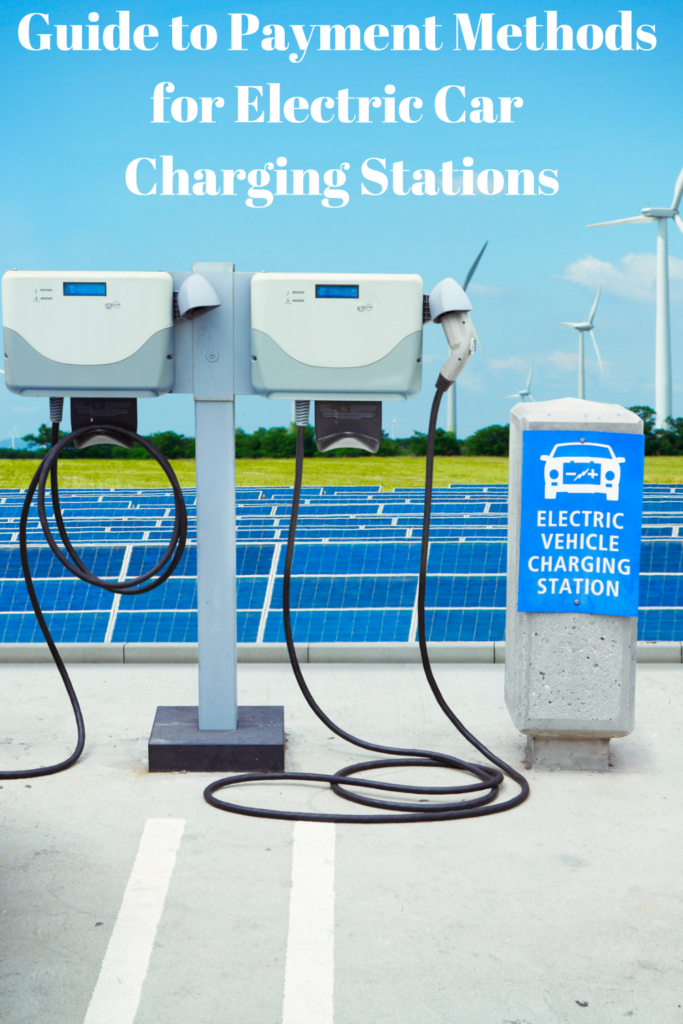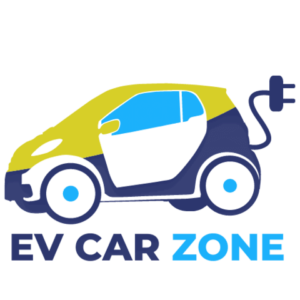Guide to Payment Methods for Electric Car Charging Stations
Electric vehicle (EV) owners need access to a reliable and convenient charging infrastructure. To make charging accessible for all, electric car charging stations offer various payment methods and options.

This guide will explore different ways individuals and businesses can pay for charging services and analyze the benefits and drawbacks of each method.
Additionally, we will discuss government incentives and financial support available for electric vehicle charging infrastructure, as well as emerging technologies and trends that may shape the future of payment systems for electric car charging stations.
I. Pay-as-You-Go Models:
Pay-as-you-go payment models for electric car charging stations are simple and straightforward. They allow EV owners to charge their vehicles without any ongoing commitment or subscription. Users typically pay for the electricity consumed during the charging session.
1.Benefits:
a) Accessibility: Pay-as-you-go models enable anyone with an electric vehicle to charge their cars at any charging station, regardless of location or ownership.
b) Cost-effectiveness: Users pay only for the electricity consumed during the charging session, making it suitable for occasional EV drivers or those who do not require regular access to charging infrastructure.
c) Flexibility: Pay-as-you-go models offer the flexibility to choose different charging stations based on convenience, pricing, or network availability.
2.Drawbacks:
a) Heterogeneous Pricing: Different charging station operators may have varying pricing structures, making it challenging for EV owners to compare costs accurately.
b) Transactional Complexity: Pay-as-you-go models often require multiple registrations and payment setups with different charging network providers, leading to a potential inconvenience for users.

II. Subscription Plans:
Subscription plans offer electric vehicle owners access to multiple charging stations for a fixed monthly or annual fee. These plans are ideal for regular EV drivers who require frequent charging.
1.Benefits:
a) Convenience: Subscribers gain access to a network of charging stations under a single subscription, eliminating the need for multiple registrations.
b) Cost Savings: Frequent EV users can benefit from lower per-charge costs compared to pay-as-you-go models, as the subscription fee allows for unlimited charging based on the plan.
c) Predictability: Monthly or annual subscription fees provide predictable charging costs, making it easier to budget for electric vehicle usage.
2.Drawbacks:
a) Limited Network: Subscription plans typically provide access to a specific charging network, limiting the charging station options available to EV owners.
b) Unused Value: If subscribers don’t utilize the charging network frequently, they may not fully realize the value of the subscription fee they pay.
c) Regional Restrictions: Some subscription plans may have limited geographic coverage, making them less suitable for EV owners who frequently travel across different regions.
III. Membership Programs:
Membership programs are similar to subscription plans but are provided by organizations or associations where members gain access to a dedicated charging network.
1.Benefits:
a) Competitive Pricing: Membership programs often negotiate preferred pricing with charging station operators, offering members the lowest possible rates.
b) Additional Benefits: Organizations running membership programs can provide exclusive offers, discounts, or perks to their members, further enhancing the overall value of the program.
c) Dedicated Support: Memberships often come with dedicated customer support or assistance, ensuring a smoother experience for EV owners.
2. Drawbacks:
a) Limited Network: Like subscription plans, membership programs may offer access to a specific charging network, potentially restricting users’ options.
b) Membership Criteria: Some membership programs may require specific qualifications or associations, limiting accessibility for all EV owners.
IV. Government Incentives and Financial Support:
To encourage the expansion and installation of electric vehicle charging infrastructure, governments often provide incentives and financial support to individuals and businesses.
1.Rebates and Tax Credits: Various governments offer rebates or tax credits to offset the installation costs of electric vehicle charging stations.
2.Grants and Subsidies: Governments may provide grants or subsidies to charging station operators or businesses for infrastructure development.
3.Low-Interest Loans: Financial aid in the form of low-interest loans can help businesses or local governments set up or expand electric vehicle charging infrastructure.
4.Public-Private Partnerships: Governments often collaborate with private entities to jointly invest in and expand electric vehicle charging networks.
V. Emerging Technologies and Trends:
Future advancements in technology and industry trends may reshape the payment systems for electric car charging stations. Some notable developments include:
1.Contactless Payment: Emerging technologies like Near Field Communication (NFC) or QR code scanning can simplify payment processes by allowing EV owners to pay using mobile wallets or payment apps.
2. In-vehicle Integration: Integrating payment systems into electric vehicles enables seamless billing and payment processes, eliminating the need for external payment methods.
3. Demand-Response Charging: Charging station operators may adopt demand-response pricing to incentivize EV owners to charge during off-peak hours, leading to cost savings and reduced strain on the electric grid.
4. Blockchain and Decentralization: Blockchain technology may enable peer-to-peer energy transactions, allowing EV owners to directly pay charging station owners without intermediaries.
Conclusion:
Electric vehicle charging infrastructure relies on diverse payment methods and options to cater to the needs of different EV owners.
Pay-as-you-go models, subscription plans, and membership programs each have their benefits and drawbacks.

Taking advantage of government incentives and financial support can further encourage the expansion of charging infrastructure.
Looking ahead, emerging technologies and trends promise to enhance convenience, cost-effectiveness, and accessibility in payment systems for electric car charging stations.
